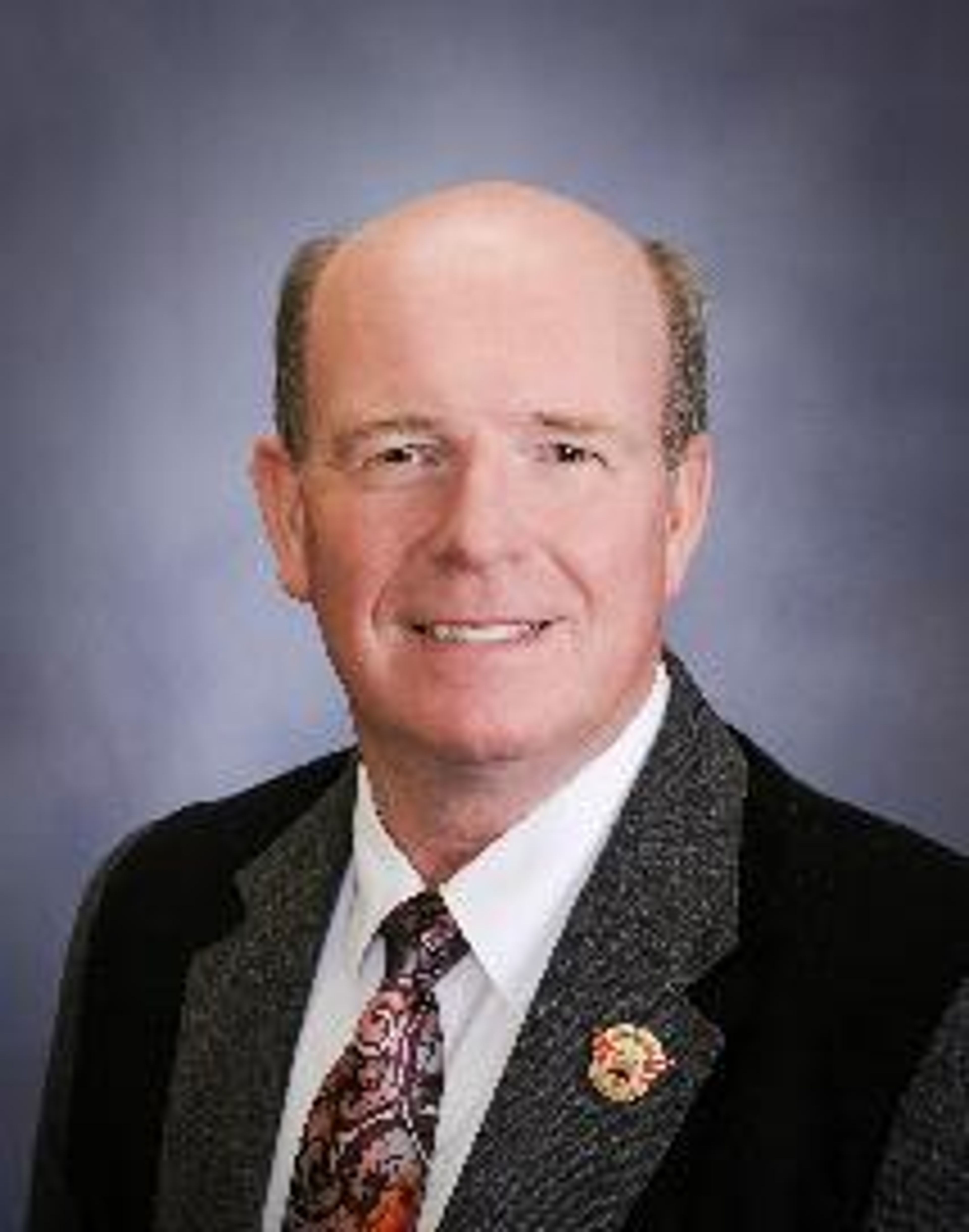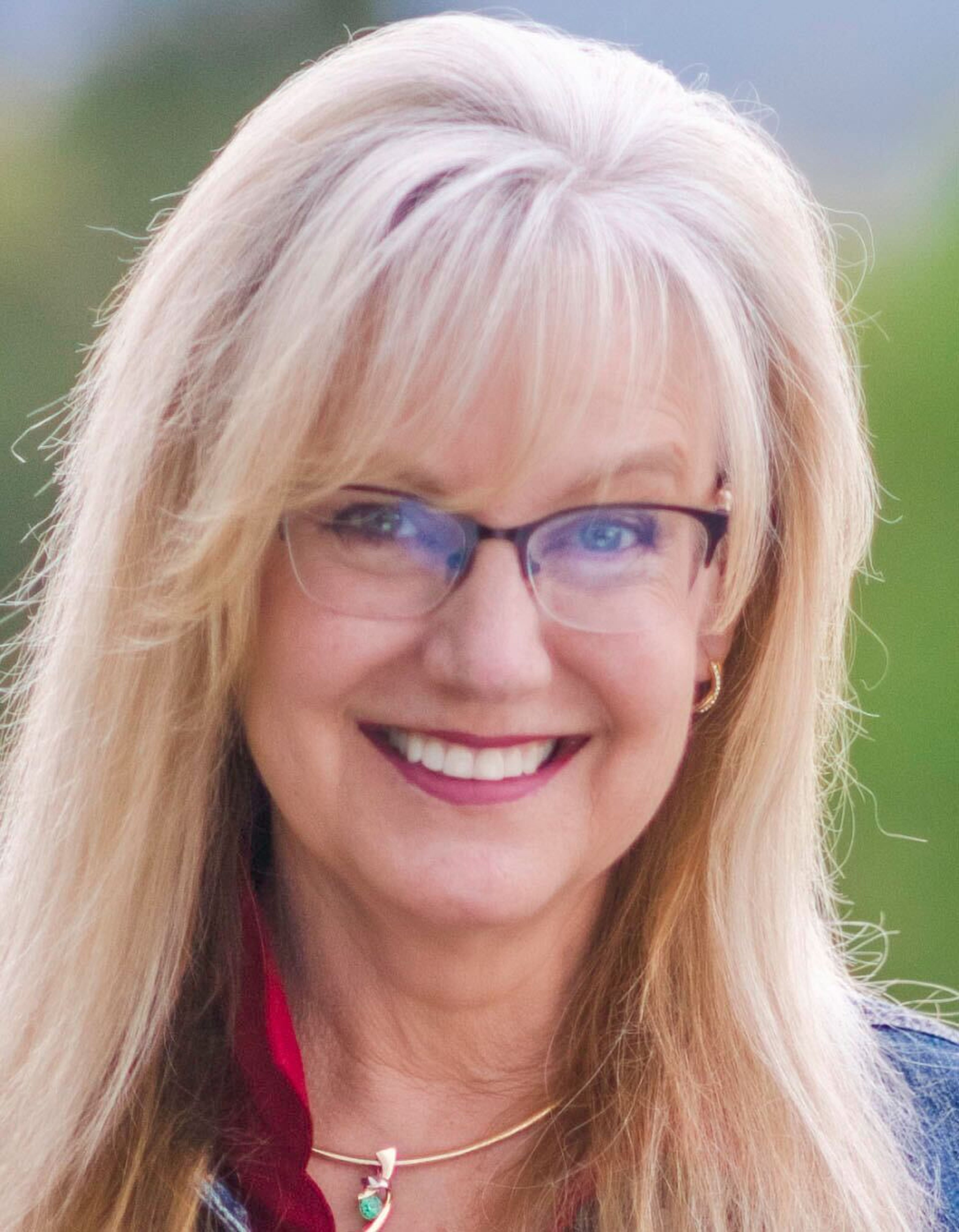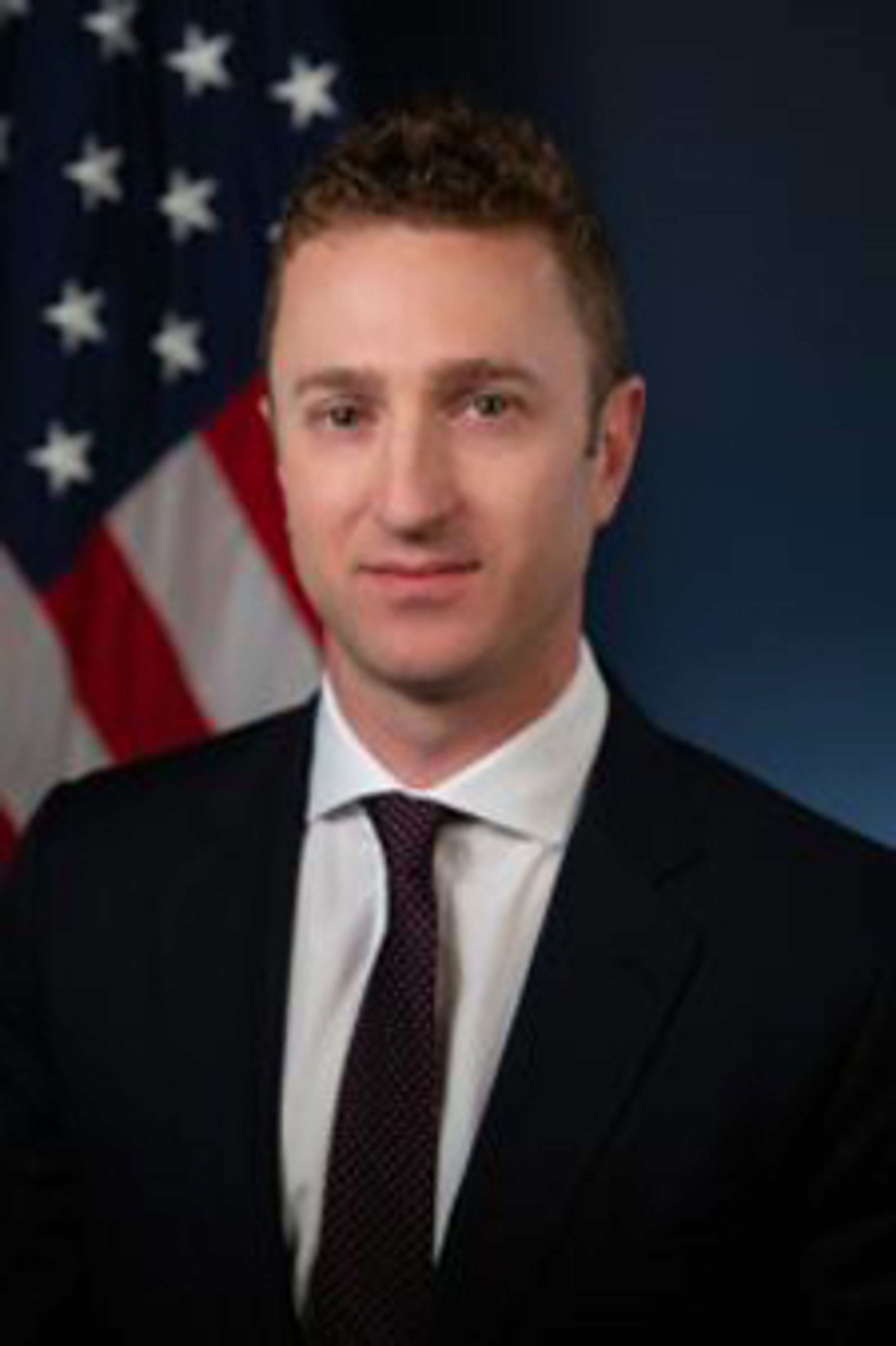Professor says trees have place in aesthetics, health, spirituality
Nalini Nadkarni brought the tough questions to a group of inmates inside a Washington correctional facility, and not only did they provide answers and ask to continue the challenge, they have shown the connection between social justice and ecology.
When Nadkarni, a biology professor at the University of Utah, first recognized there was a connection missing between those in prison to nature, she approached it with a scientific question.
The U.S. Forest Service had stopped issuing permits for moss collecting in forests because it was not a sustainable industry, she said at a lecture Monday night at Washington State University, where she was honored as the 2015 recipient of the William Julius Wilson Award for the Advancement of Social Justice. Nadkarni said she can't go out and stop all the illegal harvesting herself, but she thought she could find a way to farm the moss and lessen the pressure to harvest it in the wild.
"That's when I began thinking about inmates," she said.
The superintendent at Cedar Creek Corrections Center in Littlerock, Wash., allowed her to work with minimum security inmates to design the study.
"After 18 months I had my answer," she said.
The inmates were able to find the best harvesting practices, while educating themselves, building job skills they can utilize after their release and boosting their own self-confidence, all while contributing to the world around them, she said.
"The inmates were really happy because they were engaged with me and my graduate students. They were being challenged intellectually. They were contributing to saving these mosses in the wild," she said. "The superintendents thought it was great because they were having more positive interactions with one another."
When the project ended they wanted more, so Nadkarni said she began a monthly science lecture series that prompted more projects, including those working to raise endangered species and have inmates raise their own food, tend to gardens and create recycling programs.
"It began saving the prisons money," she said.
The exchange of information flowed both ways, she said. As they began rearing these species, the inmates also provided Nadkarni, other experts and the students with information they had learned inside their prison walls.
"It has shifted the way people think about prisons," she said.
She said there is potential for prisons and prisoners to contribute and better themselves. The Sustainability in Prison Project is now in 92 prisons in nine different states, she said.
More recently, Nadkarni has begun working to also bring nature to inmates in solitary confinement. The results show the number of violent infractions has gone down with those who view nature movies, while 90 percent of the officers say the inmates have become calmer, she said.
The idea is related to the practice of bringing nature scenes to those in hospitals because it reduces stress. Ecology can be related to many areas of life, including health, spirituality and aesthetic values.
When Nadkarni said she fell 50 feet out of a tree in July and was recovering in Harborview Medical Center in Seattle, she "was extremely stressed out and it was not helped out at all by the very sterile environment of the hospital that had no nature at all."
Research shows patients who could see trees from their beds recovered faster, had fewer nurse complaints and used less narcotics during recovery than those who could not see trees, she said.
Nadkarni said hospitals are now installing nature imagery to address the idea and she has been working with a fashion designer to create hospital clothing with nature or animal images on them for children.
Nadkarni has also worked to relate to the environment at a spiritual level and has put together sermons for each particular world religion.
"I began reading the Bible and looking for all the verses that related to trees or forests," she said.
She said in the Bible there were 328 references to trees or forests and they all had to do with something important in people's values.
Nadkarni has tried to connect her science to people in a way they understand, such as bringing artists out into the canopy and asking them to communicate what they sense about the surrounding environment in their own way.
Bringing the western Washington-based rapper C.A.U.T.I.O.N out with a group of urban youth was a way to reach out to a group who may have never realized they have a connection to the forests, she said.
The field of science has a very poor record of providing opportunities to people who are outside the typical profile of those who are privileged, she said. The approach and practice of science can be one of many threads that make up the tapestry of social justice and raising the awareness in a scientific way of the importance of nature is a part of that, she said.
Samantha Malott can be reached at (208) 883-4639, by email to smalott@dnews.com, or on Twitter @samanthamalott.




